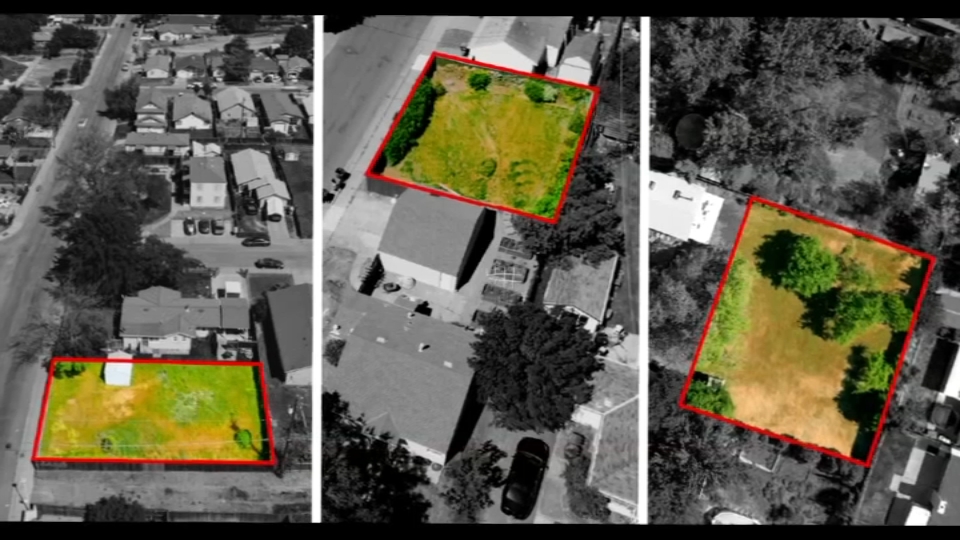The NTSB has completed interviews with three of the four pilots flying Asiana Airlines Flight 214 when it crashed at SFO on Saturday and a local air instructor has insight into their stories of the last minute before the crash.
According to NTSB Chairman, Deborah Hersman, the instructor pilot overseeing the pilot landing the plane said in his interview that at five hundred feet he realized the plane was too low and instructed the pilot to pull back.
Black box data shows it was at this point that the plane dipped below the recommended landing speed and continued to slow. The data also shows the crew didn't react until 26 seconds later.
Max Trescott, an independent flight instructor, told NBC Bay Area it appears they failed to monitor the speed.
"Every pilot knows from day one you have to focus on airspeed," Trescott said.
According to their interviews, the pilots told the NTSB they assumed the auto throttles were maintaining the speed.
"We all know about assuming and in this case it turned out to be a fatal assumption," Trescott said. "It’s essential for pilots, especially the pilot monitoring, to make sure the speed doesn’t get too slow regardless whether auto throttles are on or not."
"They made an assumption and were unable to notice that (until) it was too late," he said.
Hersman said the auto throttles were "armed" meaning they could have been in a position to be engaged and maintain speed, but they obviously did not do the job.
Local
Whether this was a mechanical or human error remains to be determined.
"I'm sure the NTSB will be looking into that," Trescott said. "There's no question that the auto throttles are the big insight that we gained today and probably the key to what went on."
Hersman also revealed Tuesday the plane had lateral, sideways movement shortly before touching ground.
Trescott said this could have served as a distraction to the pilots.
"It's quite possible the crew was focused on the deviation and failed to notice the decaying airspeed," he said. "The mistake was being low and slow and at that point too late to save the aircraft.."
- Full Coverage: Asiana Airlines Crash



